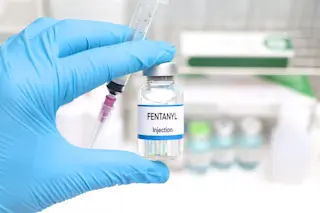Increasing numbers of Americans are using marijuana. In some states, obtaining marijuana is as easy as walking into a store and picking out what catches the eye in a glass display case.
But even as states move to legalize recreational and medical cannabis, it remains a taboo topic, even in doctors’ offices. Now, a new study suggests that keeping marijuana use secret from medical professionals probably isn’t a good idea.
A team of researchers in Colorado has found that people who regularly use marijuana require more of a few commonly-used sedatives and anesthesia before routine medical procedures. The study, published in The Journal of the American Osteopathic Association, analyzed the medical records of 250 people who underwent endoscopies, which are procedures that involve a doctor inserting a camera inside of a person’s body to see what’s happening inside.
Of the 25 people who reported smoking marijuana or using edible cannabis ...














